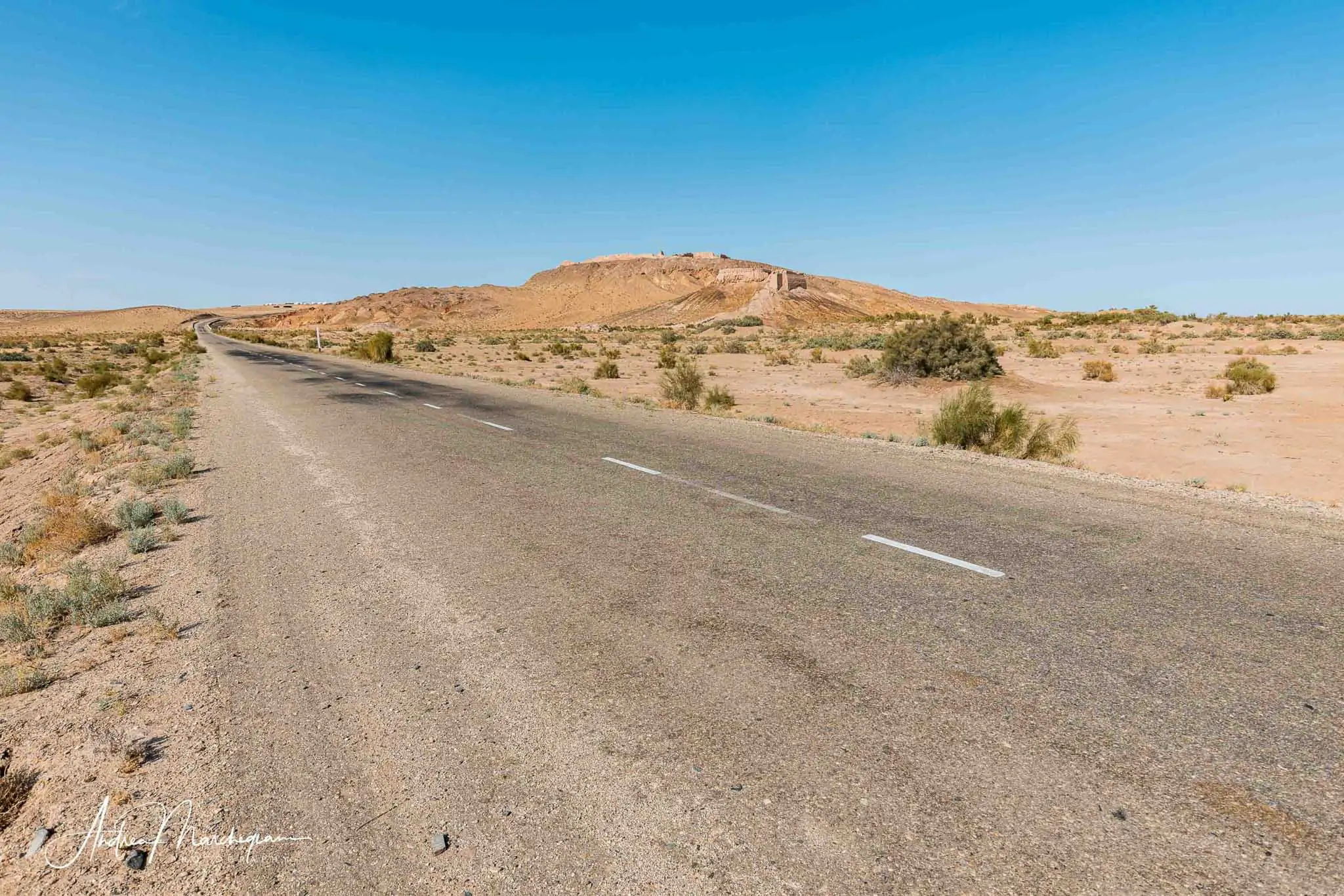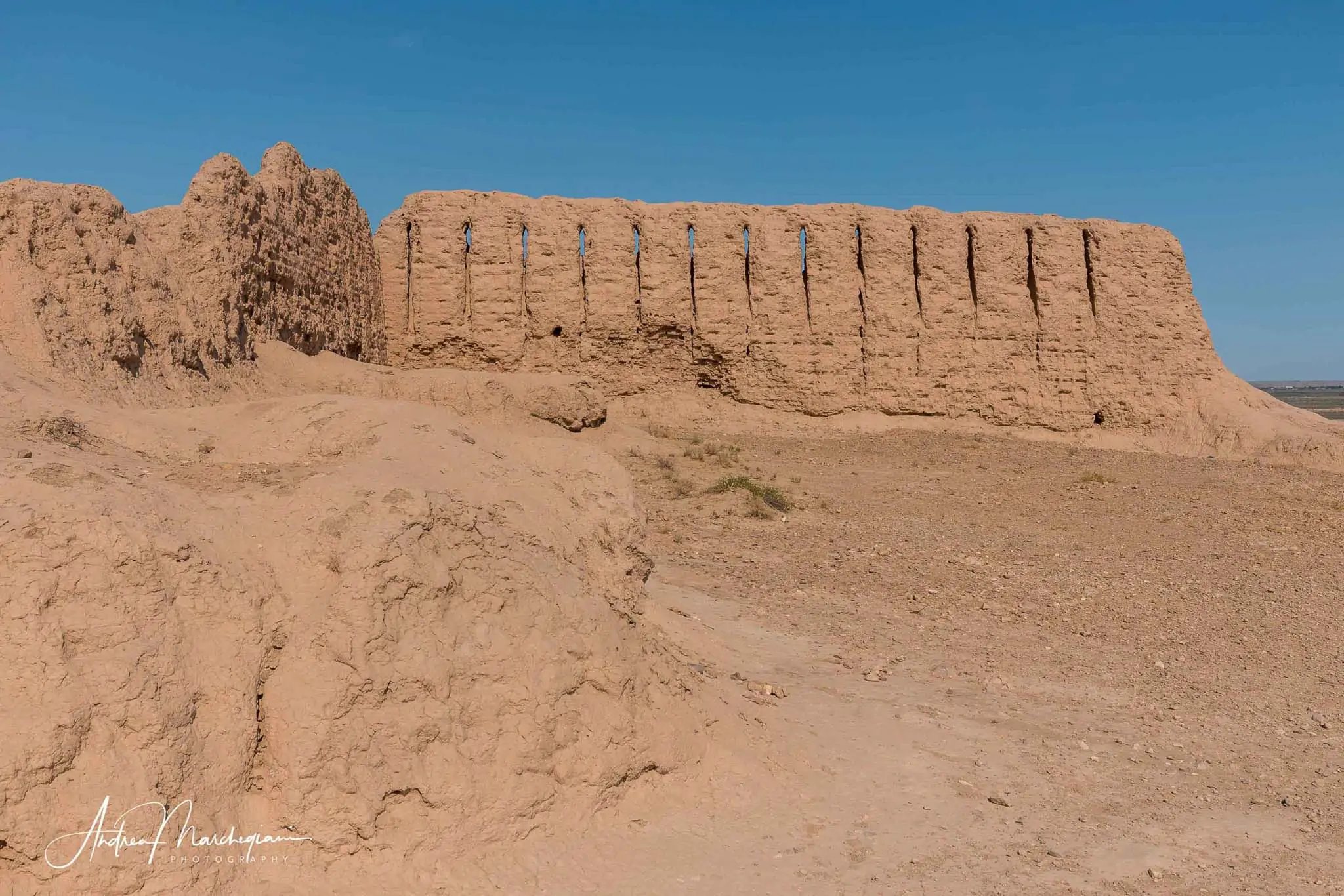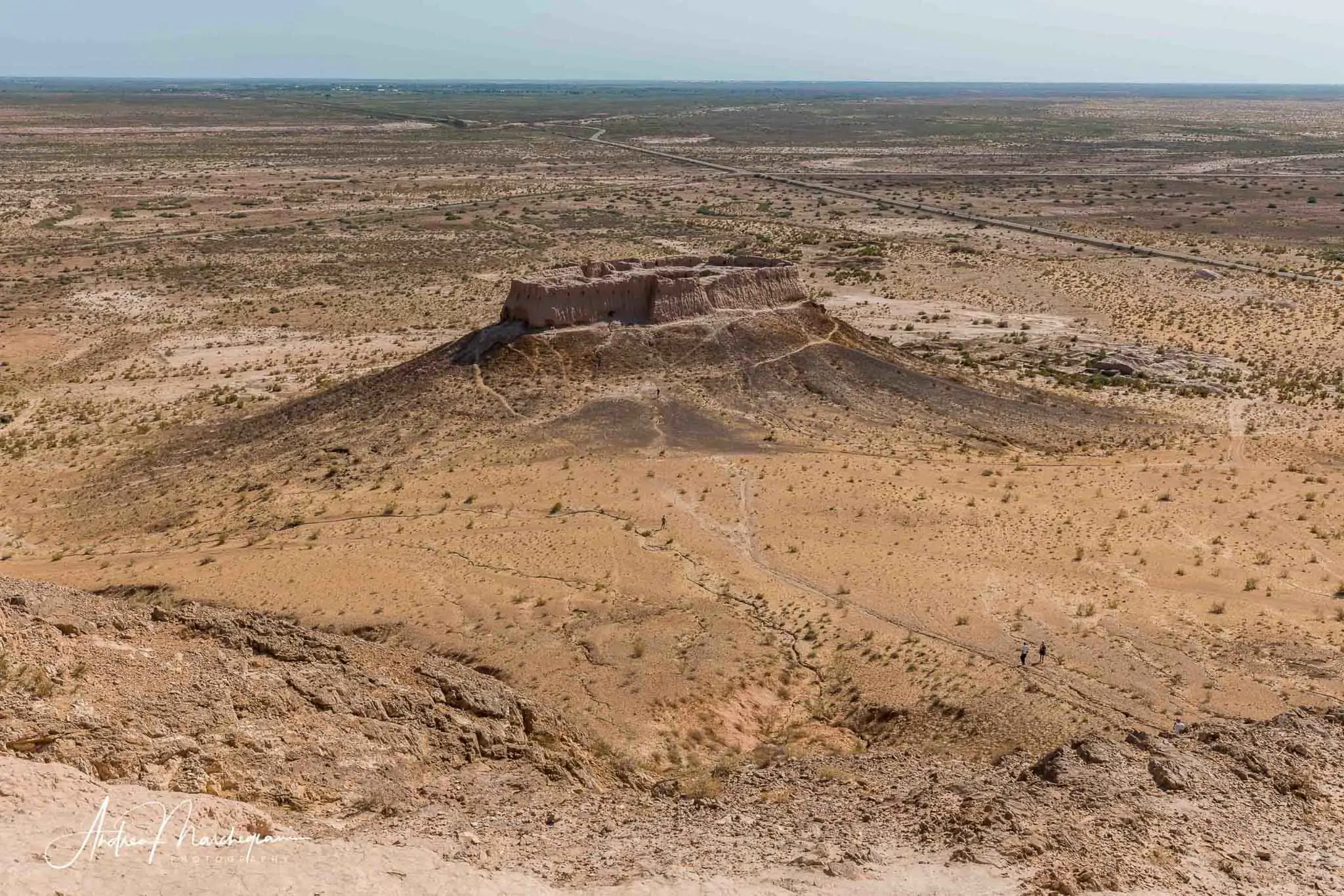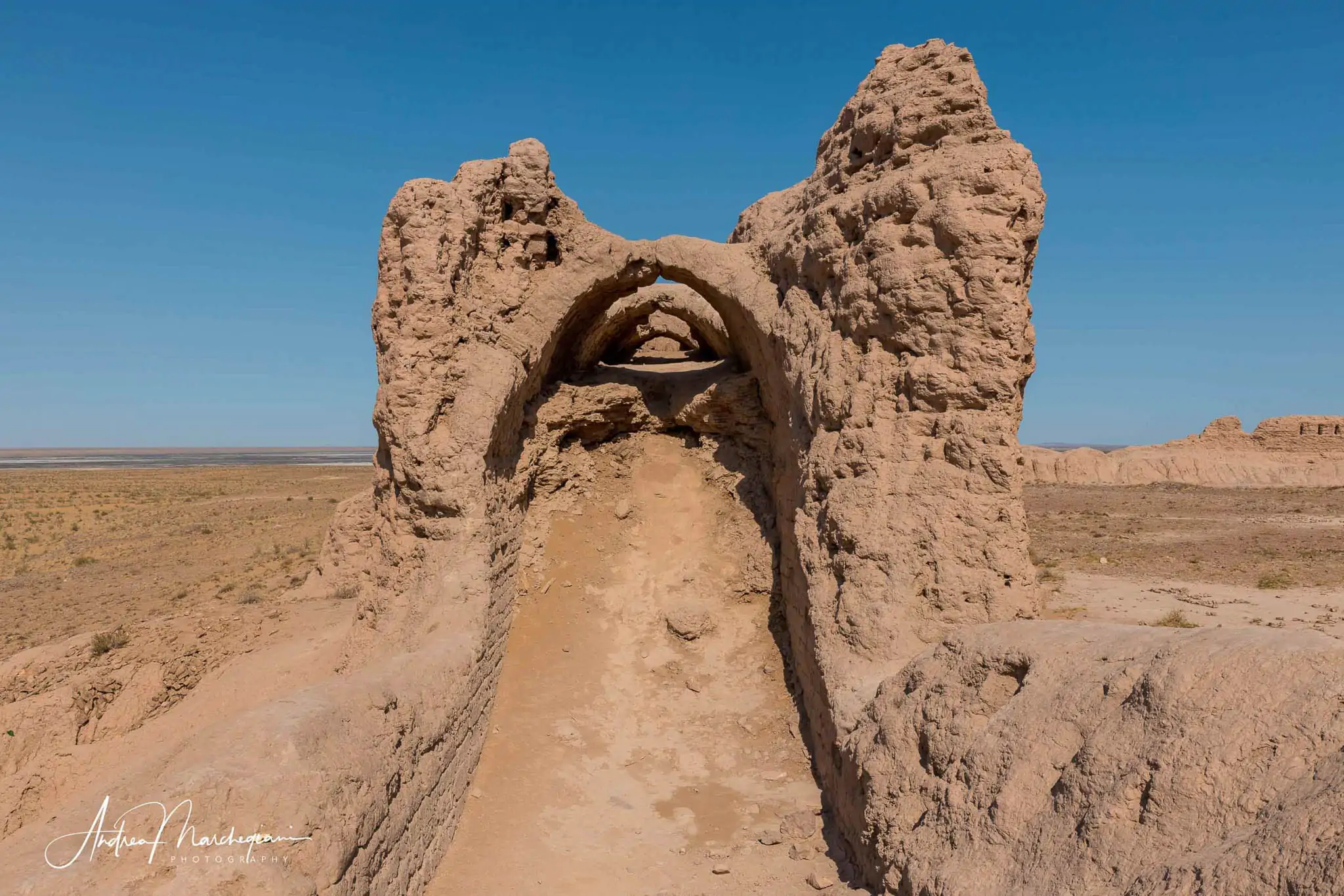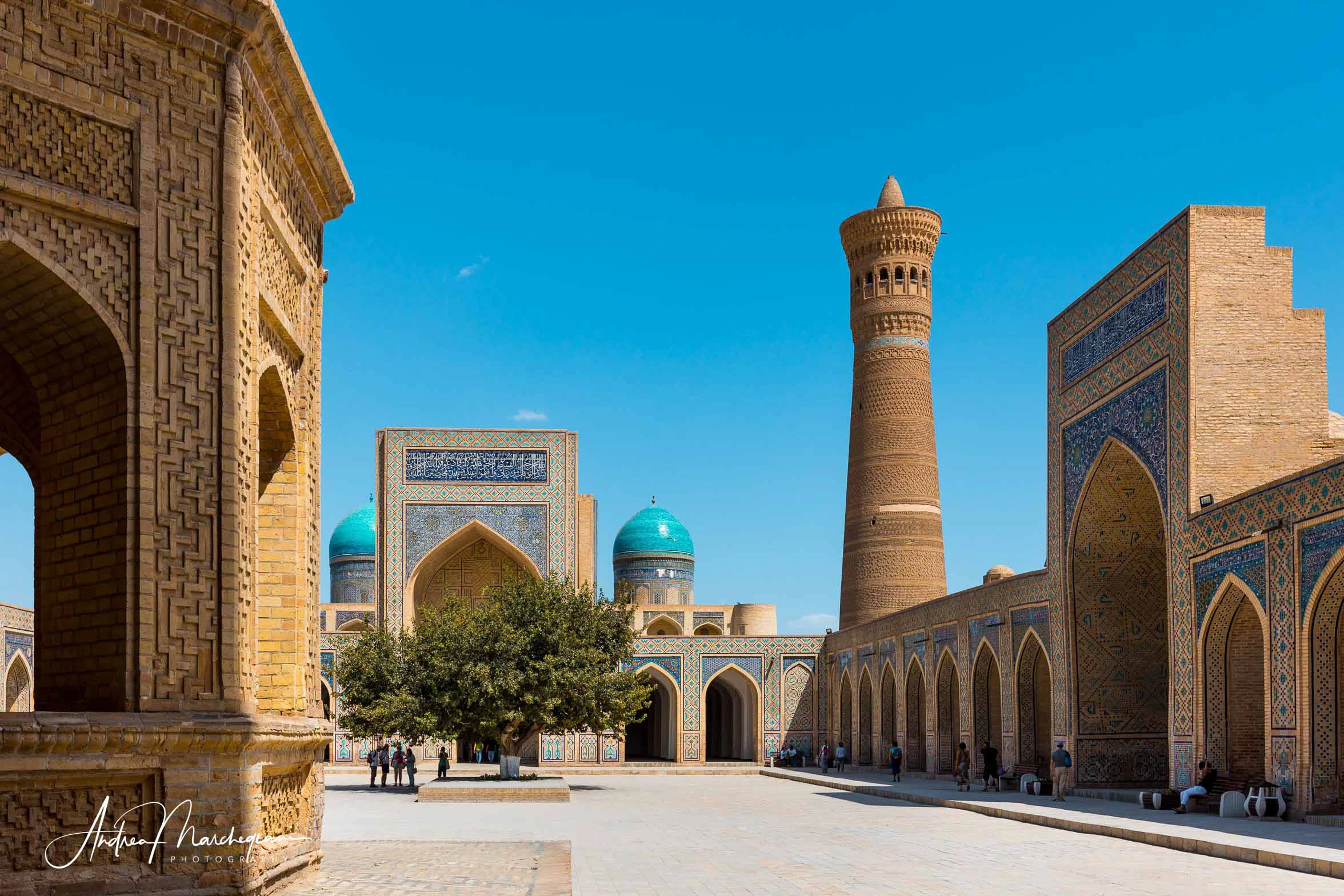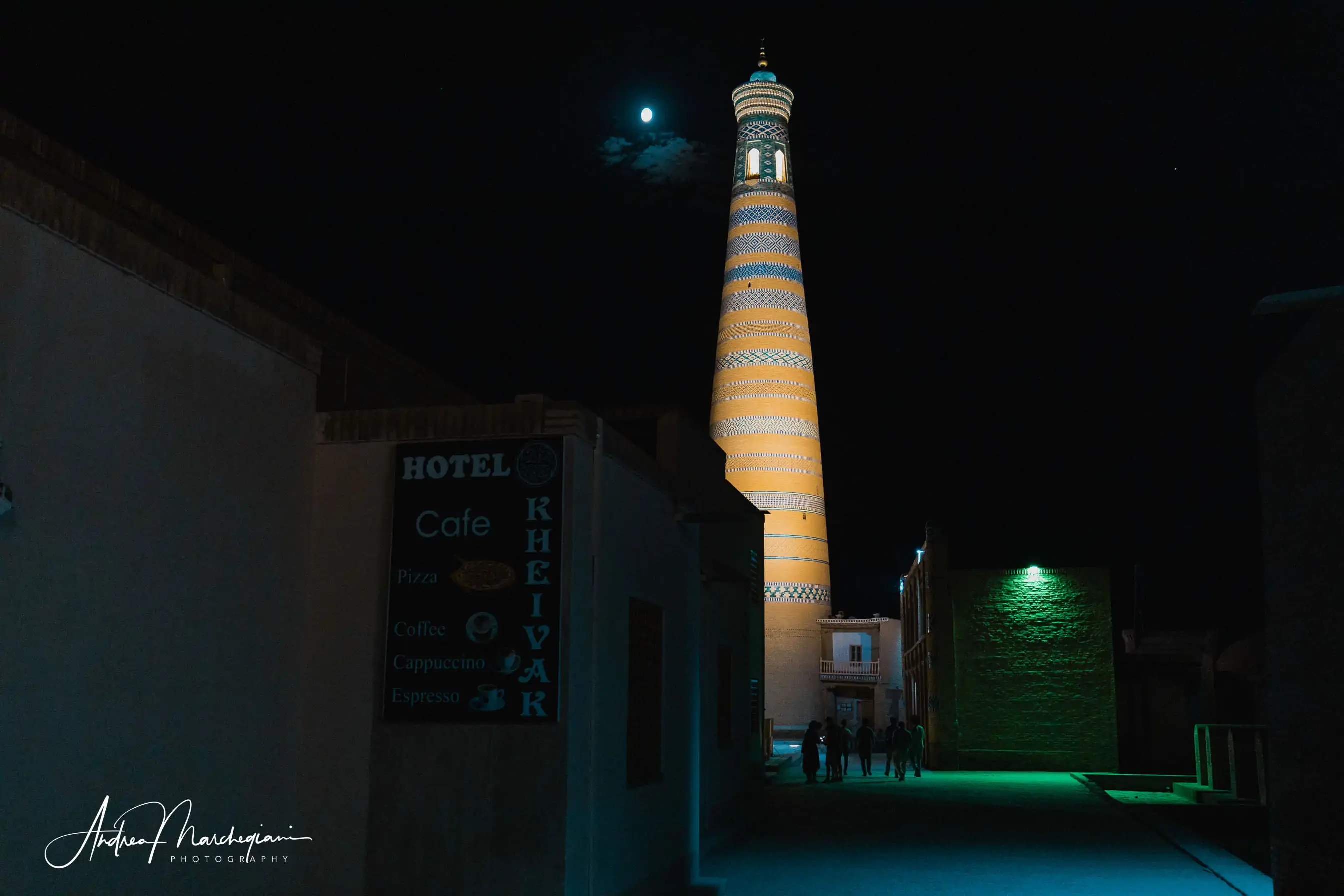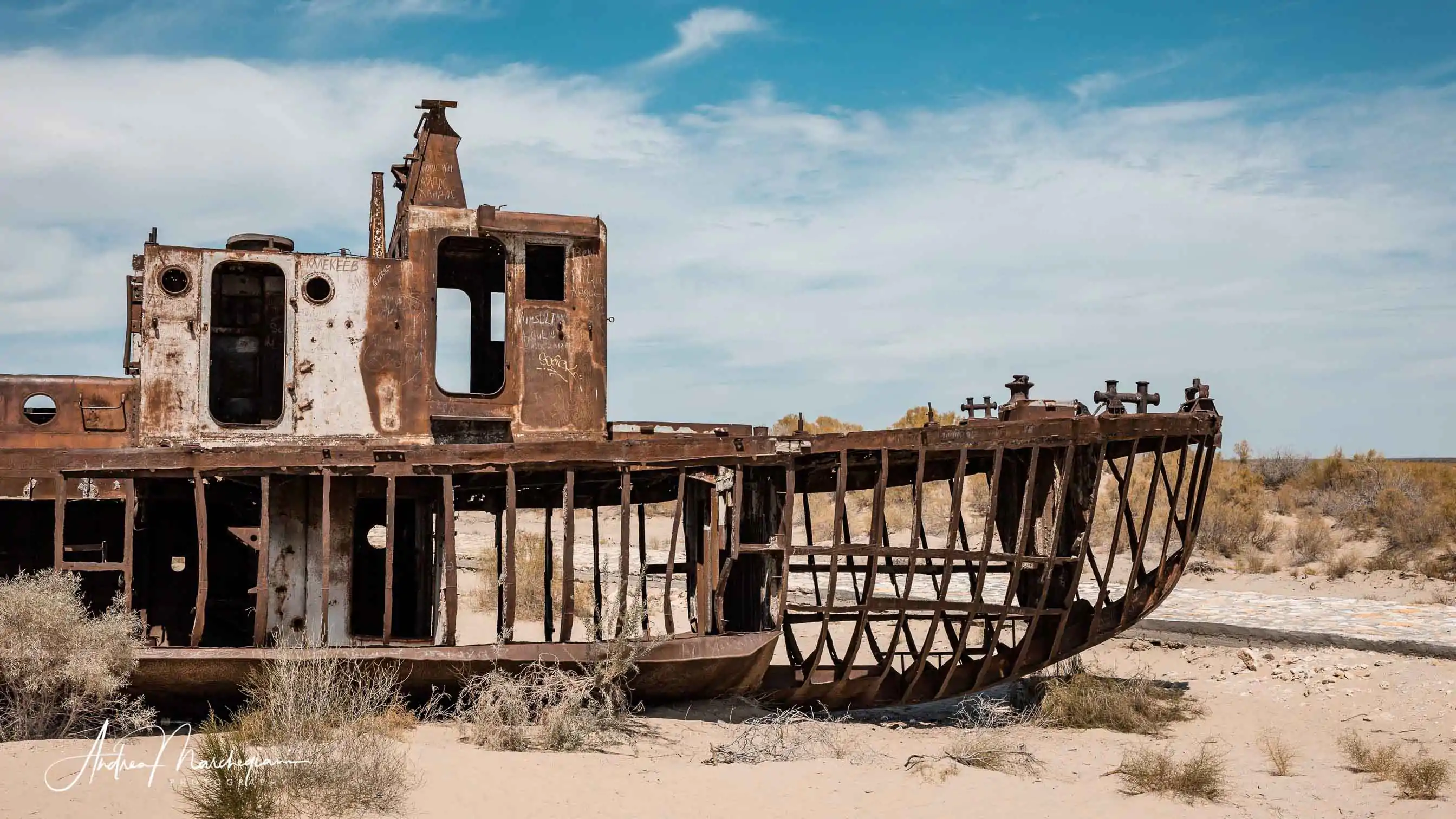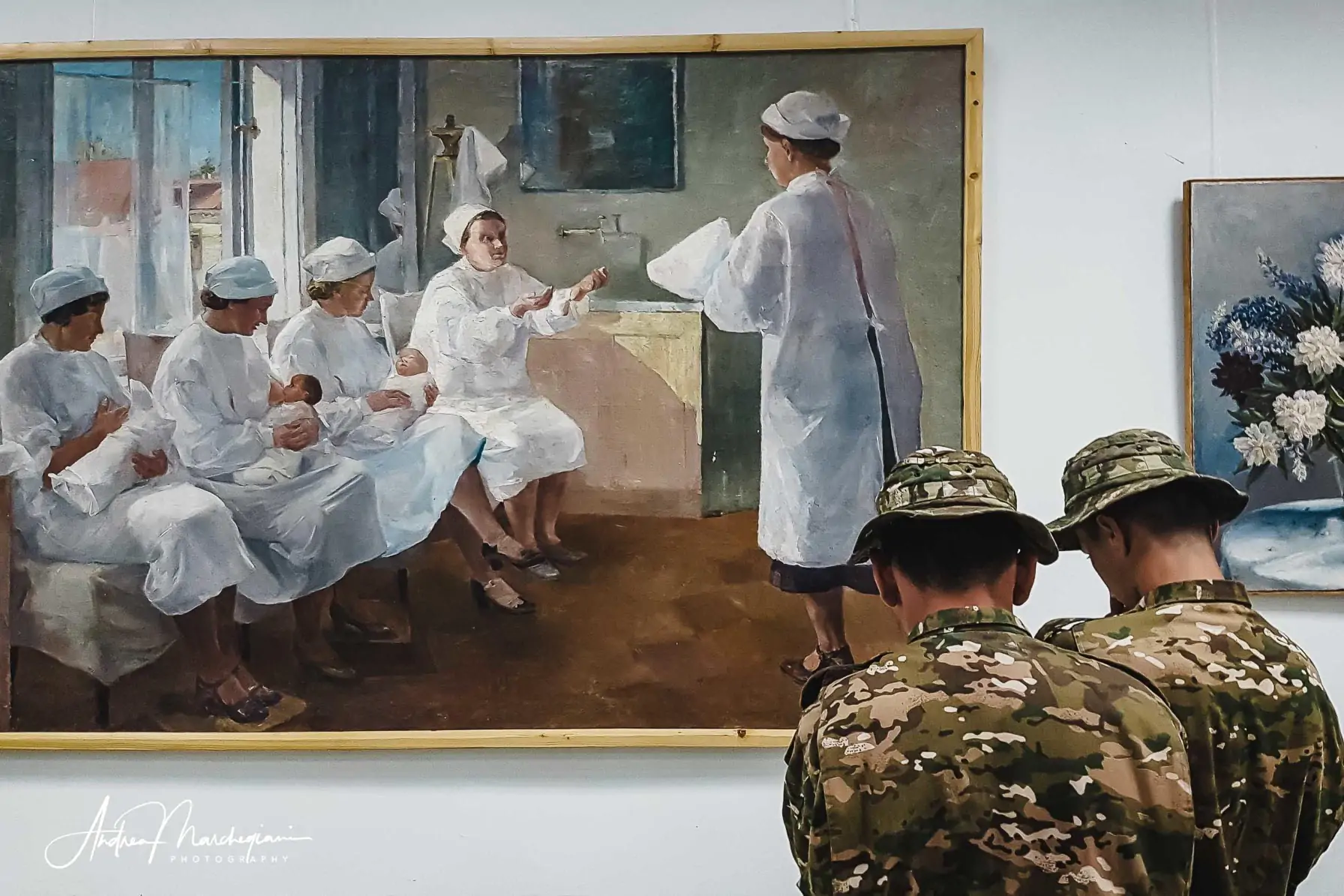
- Home
- Photo Galleries
- Portrait Photography
- Landscape Photography
- Street Photography
- China
- Ethiopia
- India
- Holy Ganges
- Varanasi
- Varanasi Ganga Aarti
- Varanasi, Manikarnika Ghat
- Varanasi Streets & Alleys
- Varanasi Demolition
- Varanasi Fruit Market
- Sarnath
- Brick Kilns
- Tamil Nadu, Chennai & Mamallapuram
- Tamil Nadu, Fort Tirumayam & Madurai
- Tamil Nadu, Tiruvannamalai & Thanjavur
- Kerala, Munnar
- Kerala, Peryiar
- Kerala, Backwaters
- Kerala, Kochi
- Kazakhstan
- Myanmar
- Senegal
- Uzbekistan
- Travel Blog
- China
- Ethiopia
- India
- Tamil Nadu & Kerala
- Varanasi
- Whato to do in Varanasi
- Varanasi Life along the Ghats
- Varanasi Death along the Ghats
- Varanasi Ganga Aarti Ceremony
- Varanasi demolished to honor Shiva
- Varanasi Fruit Market
- “Varanasi, A Journey into the Infinite”
- Sarnath
- All about River Ganges
- Holy Shit. All about Indian Cow Dung
- Clean India Project
- Brick factories
- Tilaka, pundra, bindi: what is the mark on Indian foreheads?
- Kazakhstan
- Mongolia
- Ulaanbaatar, the coldest capital in the world
- What to do in Ulaanbaatar
- Chinggis Khan Museum, 6 floors of Mongolian history
- Gorkhi-Terelj National Park and Bodgkhan Natural Reserve
- Altai Mountains, Things to do in Olgii and Sagsai
- Living with the Eagle Hunters
- Sagsai Eagle Festival
- Navrus Festival
- Xöömej, Mongolian throat singing
- Mongolian Food
- Myanmar
- Senegal
- Uzbekistan
- Latest Posts
- Photography Blog
- About
- Prints
Topraq Kala (or Toprak Kala) is an ancient settlement located in the desert region of Karakalpakstan, in present-day Uzbekistan. It was once the capital of the Kushan Empire. Dating back to the first century AD and now in complete ruin, the citadel still shows its ancient walls, the royal palace with the throne chamber, the Zoroastrian temple and several mausoleums. Nearby, the fortresses of Ayaz Kala is also worth a visit.
Share with your friends:
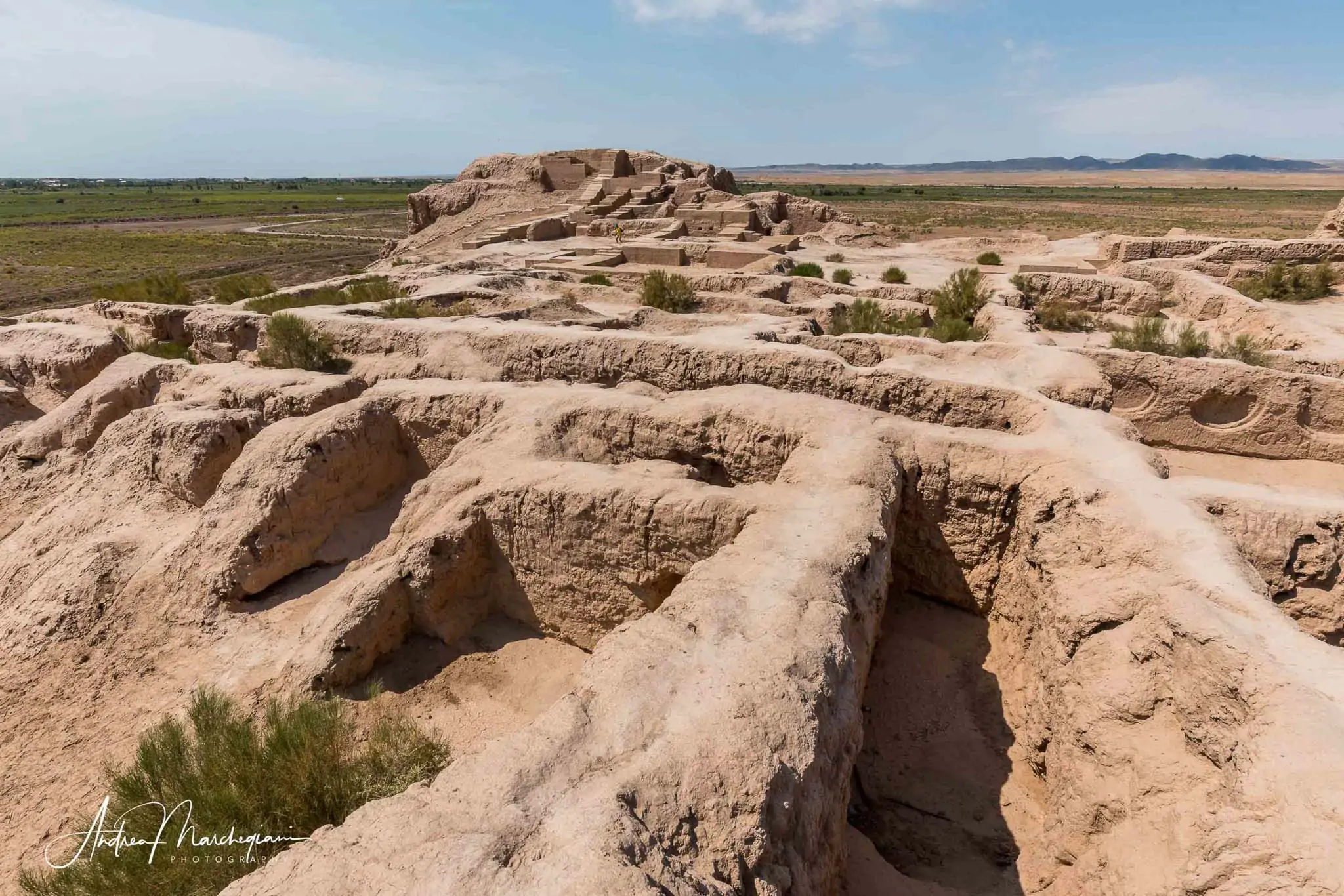
Topraq Kala
I reach Topraq Kala by taking a detour along the route from Khiva to Bukhara. Due to its isolated location and very high summer temperatures, I would actually recommend the visit only to true lovers of archeology.
The whole visit takes about an hour, you can climb up the city walls and enjoy the beautiful view. From different angles, the views of the ancient city are so dislocated and multi-level to remember the sketches of the impossible worlds by Escher. At every step I feel the earth creaking under my feet.
Until the third century A.D. Topraq Kala expressed all the power of the kingdom. Irrigated by special canals, the city had every comfort and prospered from a military and cultural point of view. Then, a series of bloody wars forced the governors to leave the residence and the city fell into disrepair. The desert sand gradually covered it until it was completely buried. People lost the memory of its existence, until 1938, when an archaeological expedition led by Tolstov discovered its remains.
The Soviets excavated for 28 years, finding all kinds of ornaments – from ceramic furnishings to jewelry, sculptures and textile artifacts. During the excavations, a large amount of coins bearing the portrait of Artav, who is supposed to be the founder of the city, were collected. Other important discoveries were the written records, mainly of an economic nature, on wood and leather supports, dating back to the third century A.D. These clearly testify that the city had more slaves than free men and that its construction was expressly arranged to place the new capital of the kingdom.
It is truly incredible that a site of this magnitude is left entirely to itself. No weather protection has been built and the sun, the wind, the rain can continue their incessant work of erosion.
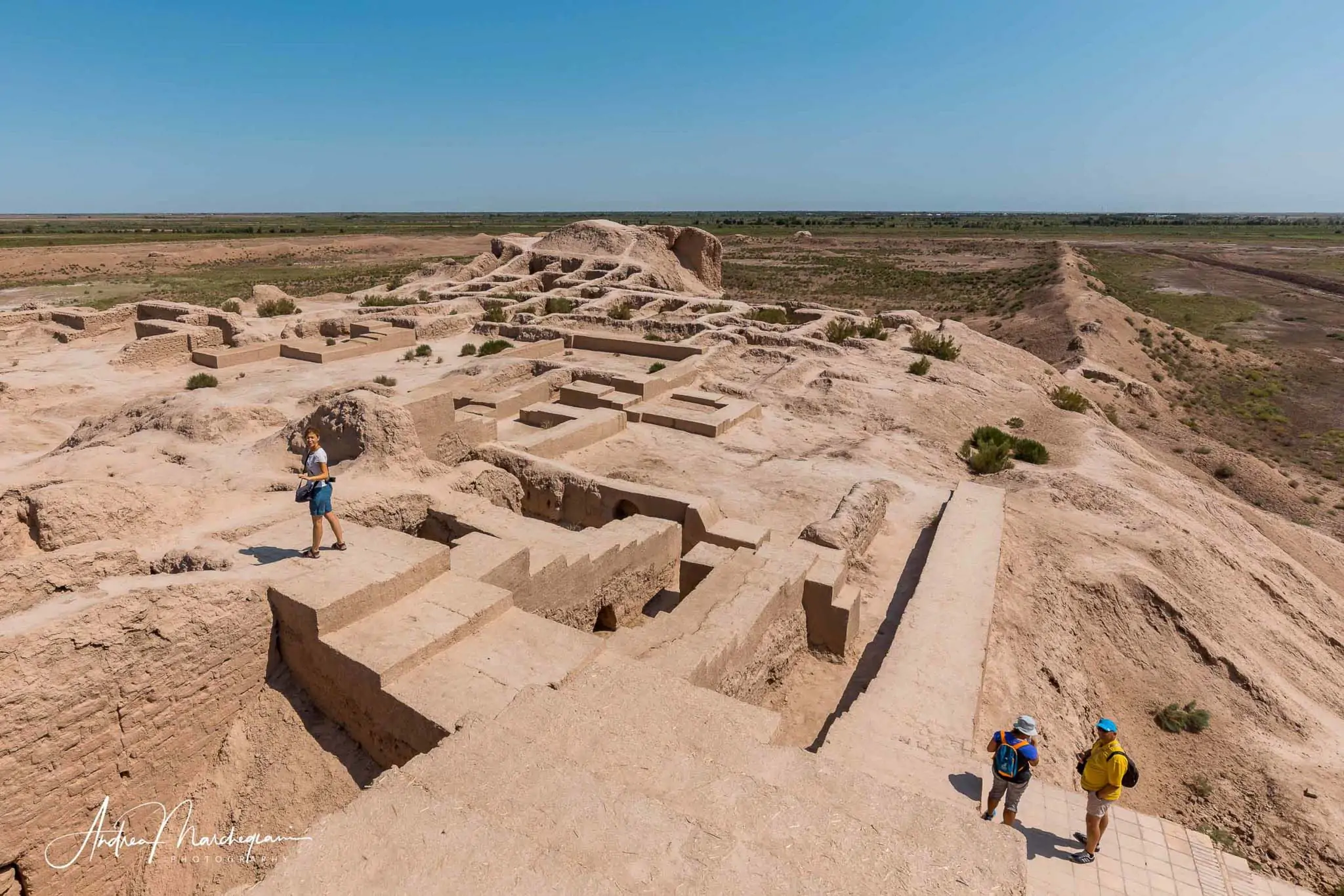
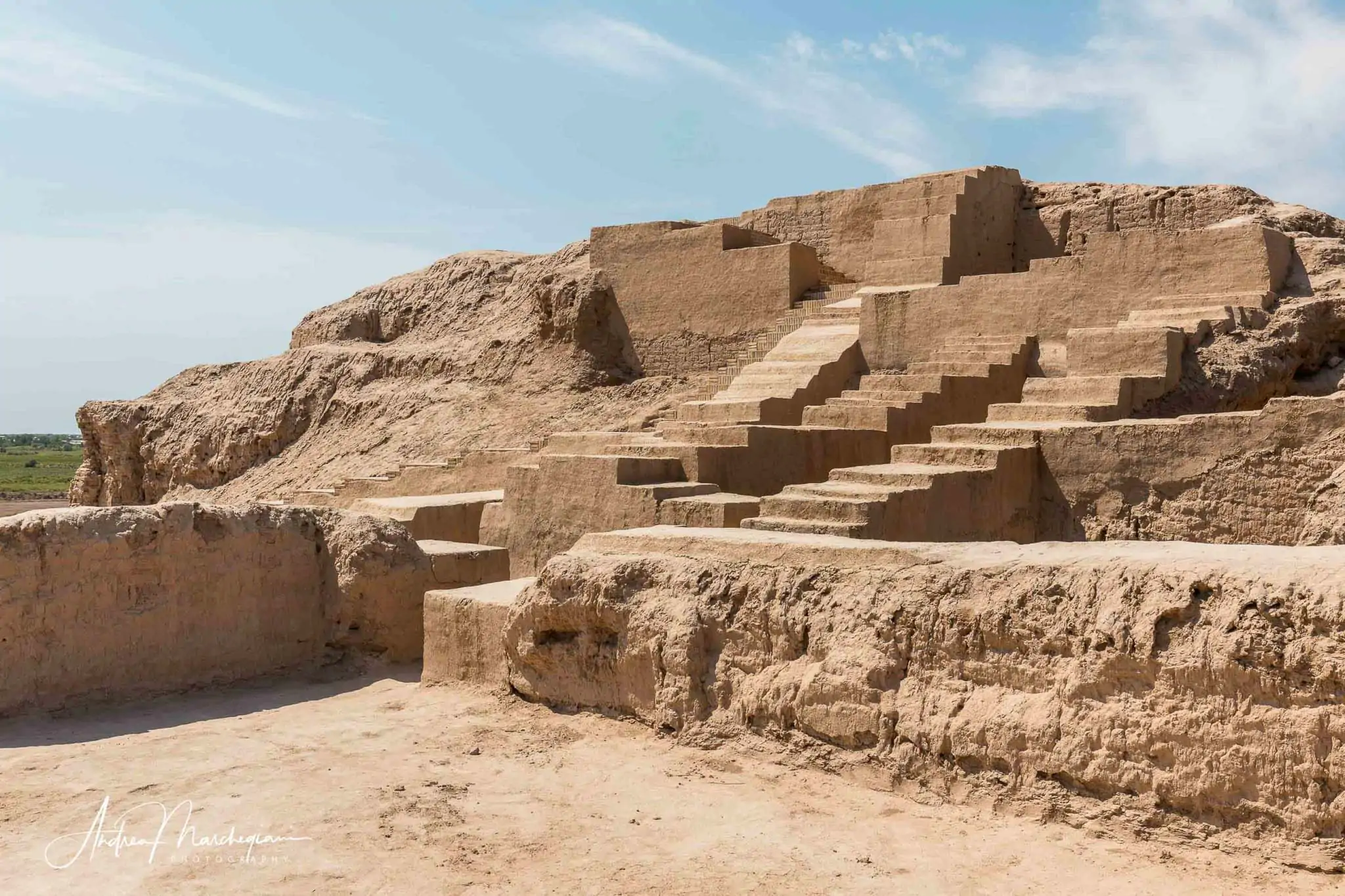
Ayaz Kala
Approximately 30 km from Topraq Kala, you will find the three fortresses of Ayaz Kala. Dated from the first to the eighth century AD, they are part of a chain of fortresses arranged along the border of the empire. Their purpose was to protect crops from predatory raids by nomads. Set on three surrounding hills, the fortresses perform their task by offering a wide view of the surrounding clearing.
I walk along the old walls and inside them. There are no fences or safety barriers. The walls and loopholes of raw brick seem to crumble under the summer sun. How much longer will Topraq Kala and Ayaz Kala be able to resist the ravages of time if the Uzbek Government lets tourists walk freely over the walls and the ceilings of the houses?
